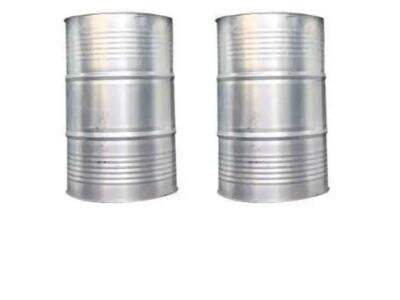While most people simply look for the best PVC plasticizer for low temperature applications, it’s essential to know how these additives work and what makes them different when used in cold environments. PVC plasticizers are a class of chemicals that are added to PVC (polyvinyl chloride) to make the material flexible and easier to handle. The choice of plasticizer used can significantly influence the performance of PVC product. Our company Richest Group are supplying types of high-tier plasticizer which are fit for multiple applications even in low temperatures.
Investigation of the function of PVC plasticizers at low temperatures
PVC Softener PVC plasticizers act as softening agent to make PVC soft and flexible. But pvc-sg-1 can also become hard and brittle in really cold conditions. This is not great since it breaks easily. To keep that from transpiring, you must use just a certain type of plasticizer that performs adequately in cold out weather. These plasticizers prevent the PVC from becoming hard and brittle, in extreme cold, where it could crack.
Choose PVC plasticizers according to the climate and temperature
Selecting the correct plasticizer for cold weather isn’t simply a matter of selecting any plasticizer. You have to consider how cold it might get, and how well the plasticizer mixes with the PVC. You also have to consider how safe the plasticizer is for the environment and for people. The key is to choose a so-called plasticizer that not only makes the PVC more flexible in the cold but also keeps it safe and strong.
Comparison of various kinds of PVC Plasticizers Used in Subzero-condition
There are many types of plasticizers and not all are suited for very cold settings. Well, because some plasticizers do a better job of preventing PVC from becoming brittle in the cold. By reading these types you can see what is suitable for you. It may be necessary to try out a few different kinds to find the right size for your pvc-sg-3 items.
How to make PVC Products perform best in low temperature?
To ensure your PVC products work great in cold weather, there are a few things to keep in mind. First select the perfect plasticizer (as we discussed before). Then, try your PVC product out in the cold. Ensure it remains flexible without snapping. Also, continuously check your PVC products over time to see if they are still working efficiently in the cold.
The significance of testing and evaluation procedures in the choice of a PVC plasticizer for low temperature applications
It’s soooo important to test and check how your plasticizer works in the cold. This lets you see if you chose the proper plasticizer and that it is keeping the PVC supple. Tests can reveal whether the plasticizer or pvc-sg-5 are a good match and will have a good service life in cold temperatures. This is the assurance that your PVC products are safe and will function well even when it is extremely cold.
Table of Contents
- Investigation of the function of PVC plasticizers at low temperatures
- Choose PVC plasticizers according to the climate and temperature
- Comparison of various kinds of PVC Plasticizers Used in Subzero-condition
- How to make PVC Products perform best in low temperature?
- The significance of testing and evaluation procedures in the choice of a PVC plasticizer for low temperature applications

 EN
EN  AR
AR  NL
NL  FR
FR  DE
DE  EL
EL  HI
HI  IT
IT  JA
JA  KO
KO  PL
PL  PT
PT  RO
RO  RU
RU  ES
ES  TL
TL  ID
ID  UK
UK  VI
VI  SQ
SQ  MT
MT  TH
TH  TR
TR  FA
FA  AF
AF  MS
MS  SW
SW  KA
KA  UR
UR  BN
BN  LO
LO  NE
NE  SO
SO  TA
TA  ZU
ZU  MY
MY  KK
KK  SI
SI  TG
TG  KU
KU  XH
XH 





